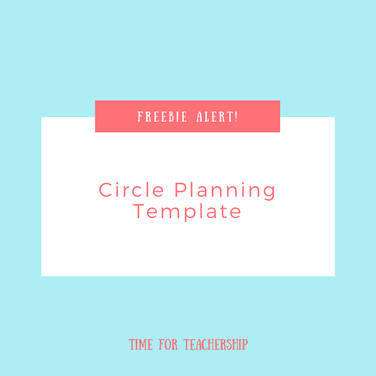|
Earlier this week, I mentioned Morningside Center, a restorative practices organization in NYC, which creates community circles for teachers that are responsive to current events. Since I published that post, Morningside Center put this circle up on their website. Educators can use the listening circle to facilitate class discussions of the police killing of George Floyd. Inside the resource, there are several options for how to open the circle, questions to ask during the listening portion of the circle, and several options for quotes to close the circle. Read through the options, and choose what feels right for your students. In addition to sharing the circle lesson itself, I also want to share some additional things to consider as you prepare to have (or continue to have) conversations about racism and police brutality in your classes. Process as a staff. If you are an administrator or teacher leader, facilitate a staff circle so educators can discuss police brutality with their colleagues. You could even do the same listening circle with staff that you do with students. There are a few reasons for this. One, staff members may benefit from processing their own emotions and being able to listen to others. (Read the section below to ensure you are mindful of how Black educators’ needs will differ from educators who are not Black.) Second, teachers may be better equipped to facilitate conversations with students once they’ve talked as a staff—it may prepare teachers for specific ideas that may be shared (and how to respond), and it may be helpful for teachers who have not facilitated a circle before, to see circle practice modeled and experience circle participation first-hand. Consider the different needs of your students. If you have both Black and non-Black students in your class, be mindful of how Black students would like to participate. Black students do not need to carry the additional emotional weight of their white peers or act as spokespeople for the Black community. Don’t force students to participate in a way that is uncomfortable, and offer Black students a separate space to talk with one another if desired. If you have a class of all Black students and you are a white teacher, be mindful of that. Recognize your privilege, listen, and make a commitment to anti-racism by stating what action you will take to address system racism in your community. If your class is all white, bring in Black voices (either live, if someone has expressed a desire to talk to your class, or by selecting an existing video, article/text, or social media posts). Help your students recognize their white privilege and provide them with examples of white allyship and anti-racist activism. Remind students of your community agreements. Likely, you set agreements or “norms” at the start of the year. You may have revised or rewritten then during distance learning. Remind students of them before you start. You may need to update them again before you begin. It’s important to establish an anti-bias class culture that is conducive to listening and values empathy before you start discussing any difficult topic. Facilitate with intention. As the circle keeper (facilitator), you are not speaking very much. You honor the talking piece, and only speak when you have it, like all other members of the circle. However, you will speak at the start to frame the conversation, and at that point, you may want to define important terms (e.g., systemic racism, police brutality, white supremacy, white privilege). You will also want to frame the current event as one moment in a long history of racist oppression. It’s important to contextualize the conversation and highlight that this is not an isolated incident. Finally, consider using your final circle question to help students, particularly white students, identify an action they can take to be better allies to the Black community. You may want to do some research beforehand, and read what Black activists recommend white allies do, so you can offer some examples and also model with your own response (if you are a white teacher). Adapt for distance learning. Circles may be slightly more challenging to facilitate on Zoom or Google Meet, but they are still possible. I’ve found it logistically easiest for the facilitator to read off students’ names (either from a class list or in order of how they entered the room) so that everyone knows where the virtual “talking piece” is. Then, the students can unmute and respond by answering the prompt question or saying “pass.” If you want to use the Morningside Center circle as a jumping off point or create your own circle from scratch, I’ll reshare my simplified circle template below. Just make a copy, and add in your own content. If you feel comfortable, you can share the finished product in the comments section of this post or in our Time for Teachership Facebook group to support other educators in anti-racist work. To be clear, I, as a white female educator, am in no way claiming I know how to do this work perfectly. I’ve facilitated conversations about racism and oppression with students for 7 years, and I still have a lot to learn. I’m sure there are things to add or adjust here, so please, let me know what else educators should consider as they implement circle discussions.
0 Comments
Leave a Reply. |
Details
For transcripts of episodes (and the option to search for terms in transcripts), click here!
Time for Teachership is now a proud member of the...AuthorLindsay Lyons (she/her) is an educational justice coach who works with teachers and school leaders to inspire educational innovation for racial and gender justice, design curricula grounded in student voice, and build capacity for shared leadership. Lindsay taught in NYC public schools, holds a PhD in Leadership and Change, and is the founder of the educational blog and podcast, Time for Teachership. Archives
May 2024
Categories |





 RSS Feed
RSS Feed